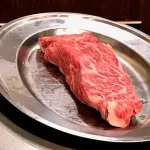Blog
Bo Kaap: a jewel in the crown

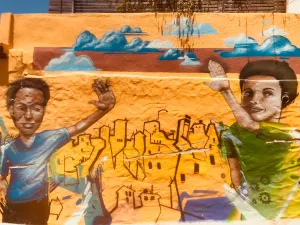
Bo Kaap: a jewel in the crown
January 16, 2018

Bo Kaap, meaning “on top of the Cape” in Afrikaans, is truly a jewel in the crown. It is an unusual neighborhood rich with culture yet barely mentioned in the international travel guides. Only recently, and more so locally, has it been featured albeit in short blurbs. But the authors mostly focus on the picturesque colorful houses, good food and local shopping recommendations. What I have yet to see captured in my readings is the beautiful history – the story of a community that evolved during the time of slavery and one committed to maintaining its culture after.

The oldest house in Bo Kaap, now the Bo Kaap museum, dates back to the 1700s. It’s a tiny no-frills, self-guided museum filled with visual stories depicting a diverse people with one commonality – the determination to develop a community and maintain their culture. Bo Kaap was the home to slaves brought over by the Dutch from the Indonesian Islands and other parts of Africa. It’s formerly known as the “Malay Quarters” with the people being referred to as “Cape Malays”. The museum showcased a small exhibit on the various local businesses that are still operating today by the original families for 40 years.
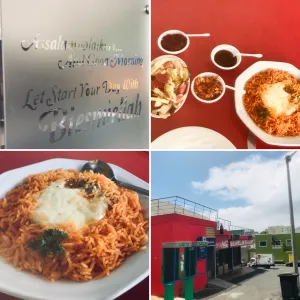
So, naturally I took the opportunity to satisfy my craving for some local food and visited one of those historic restaurants – Biesmiellah. As the restaurant had just opened for lunch, being the first patron, I had the pleasure of chatting with the current owner, now four generations in. She explained to me that Biesmiellah is a phrase in Islam meaning “in the name of God”, commonly used in greetings, farewells and before the start of a meal. She shared with me some history of the foods on the menu. Passing over all of the Indian dishes, she pointed to two on the menu she makes at home regularly – the tomato bredie, a popular South African spiced (not spicy) lamb stew, and the bobotie. I didn’t reveal that I had actually chosen the restaurant to sample the bobotie, a dish so simple but well known in Cape Town that it was more out of obligation that I chose it than craving.
Those who know me are keenly aware of my passion for (and obsession with) food and cooking. In New York, virtually everyone calls themselves a foodie, meaning one who enjoys food for pleasure. But a true connoisseur not only enjoys food but also appreciates the history of the dish as it pertains to its originating people and region, the art of its preparation and the ingredients that compose it. In that context, I enjoyed and appreciated bobotie. The true origin of this dish is much debated but most agree it is likely an adaptation of an Indonesian dish that fused the many cultures in South Africa. It’s a simple casserole with the base consisting of ground meat, typically beef, a mix of mild spices, onion, raisins, soaked white bread and a bit of sugar. It’s topped with a mixture of beaten eggs and milk (think french toast batter) to form a thin custard when baked. When the slaves had to cook for their owners, using the ingredients available to them in a foreign land, they made a version of what was familiar to them and adapted it over time. To my surprise, I really enjoyed this dish. It was unexpectedly light and had a good balance of sweetness and spice. It was served with saffron rice and South African atchar, a housemade sweet and spicy mango pickle, that complemented it well. I think I enjoyed the history and the simplicity of it just as much as the meal.
Bo Kaap was declared Muslim-only during Apartheid as a result of the Group Areas Act of 1950, aimed to eliminate mixed neighborhoods. This allowed legal government control of racial groups residing in neighborhoods across South Africa. The neighborhood today is largely Muslim and home to the oldest mosque in South Africa, Auwal Mosque.

The most widely known characteristic of this neighborhood is its vibrantly colored houses. Like everything else, as I’ve learned in South Africa, the colors have historical significance though the exact meaning has not been confirmed. What has been deciphered is that the colors represent Muslim heritage – the tradition of painting the houses in preparation for Ramadan and Eid as well as symbolize freedom. It turns out that before the slaves were free, the homes were required to be painted white. Once the slaves were allowed to purchase their own homes, they began to paint them in these vivid colors. One thing for sure is that they clearly coordinated with their neighbors as you will never see redundancy or a clash of colors on any given block.
A 3-hour stroll through this historically magnificent neighborhood left quite an impression on me. Bo Kaap is a neighborhood that must not be passed over on a trip to Cape Town. I’ll certainly be back for the tomato bredie.
Discover more from diannajacob.com
Subscribe to get the latest posts sent to your email.
Recent News

About Dianna
May 29, 2024

On Being Single and Child-Free
July 31, 2022
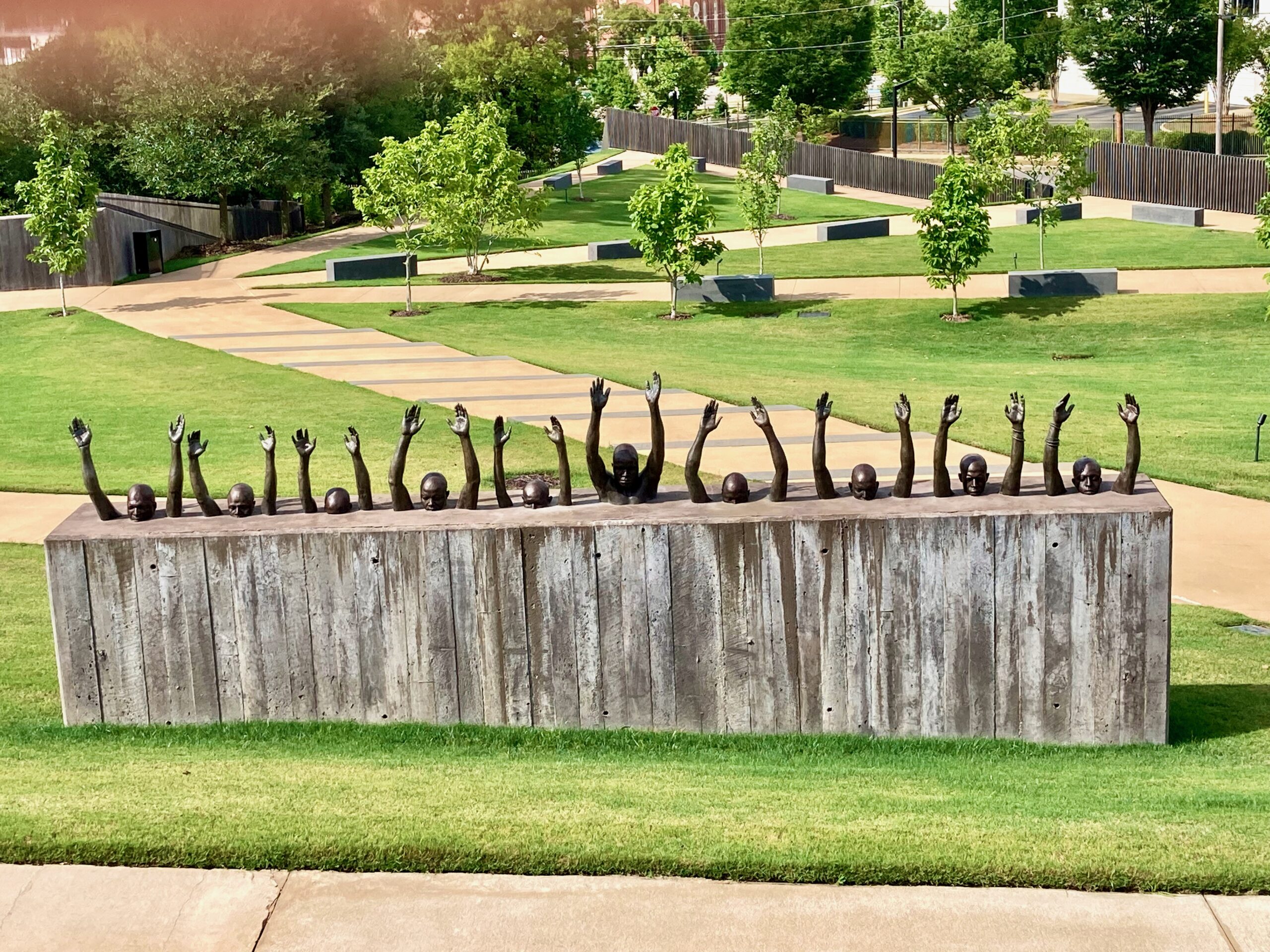
Relearning American History: A Self-Guided Tour of the South
July 7, 2021

Racism: A Global Pandemic
June 8, 2020

Daring Greatly
August 23, 2019
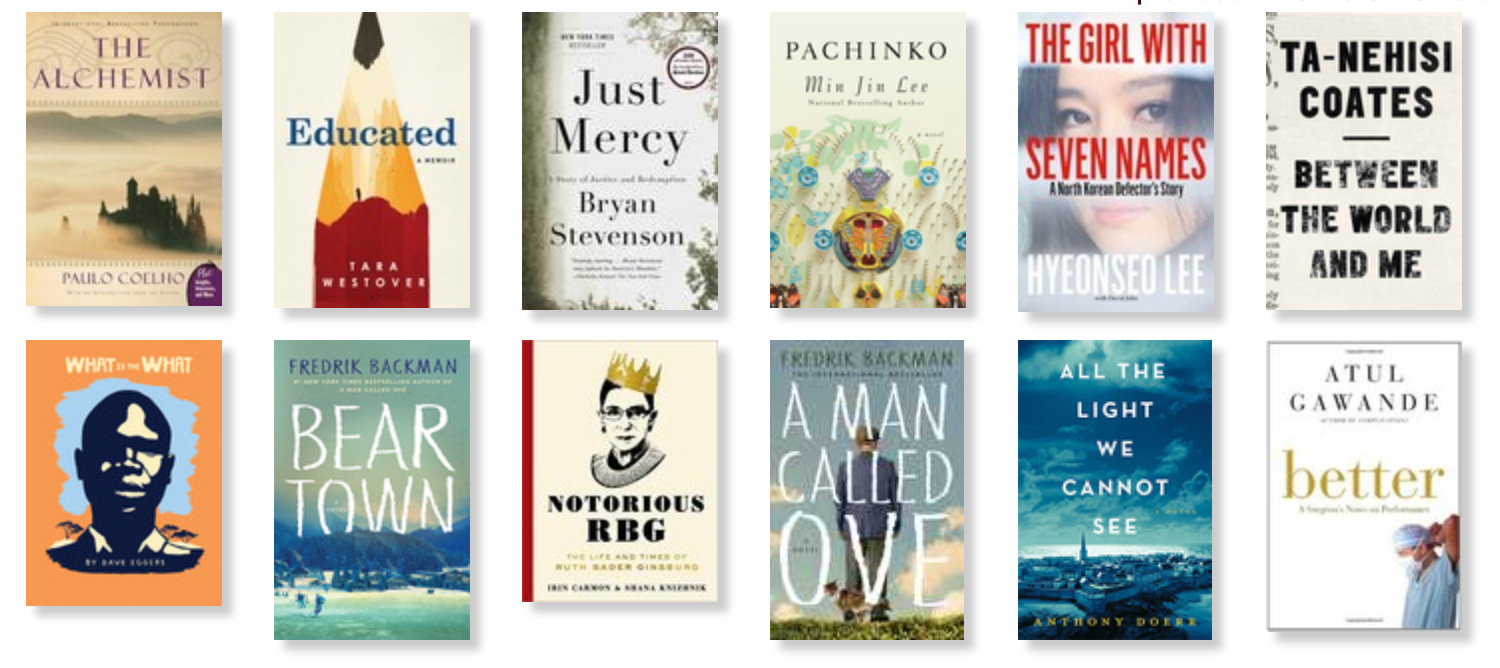
Becoming a Better Me
January 10, 2019
